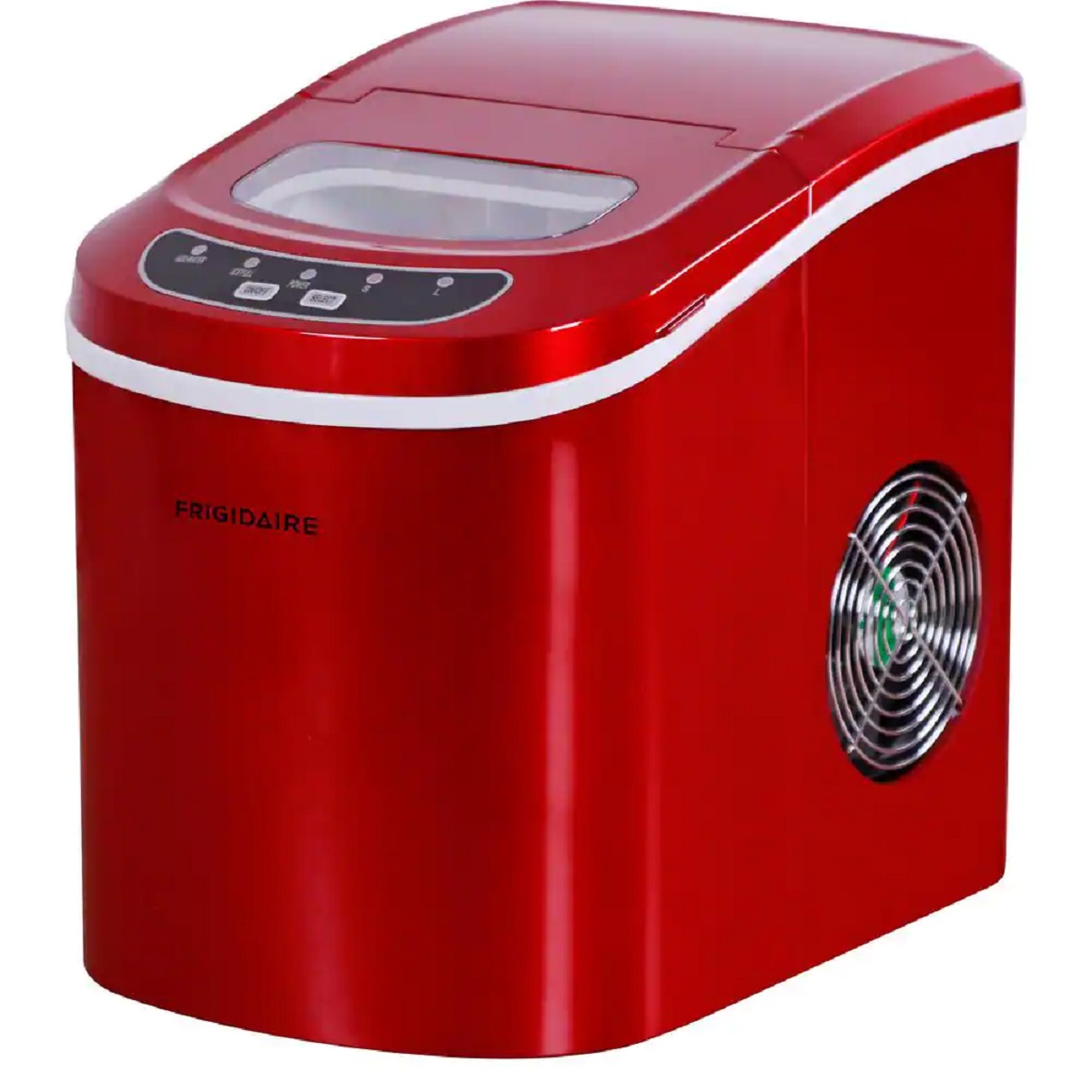

Articles
How Does Frigidaire Ice Maker Work
Modified: August 30, 2024
Discover how Frigidaire ice maker works and find informative articles on this topic and more at our website.
(Many of the links in this article redirect to a specific reviewed product. Your purchase of these products through affiliate links helps to generate commission for Storables.com, at no extra cost. Learn more)
Introduction
The Frigidaire Ice Maker is a revolutionary appliance that brings convenience and functionality to any kitchen. Whether you’re hosting a party or simply want to keep your drinks cool on a hot summer day, having a reliable ice maker can make a world of difference. In this article, we will take a closer look at how the Frigidaire Ice Maker works, from its components and water supply system to the ice making process and maintenance.
The Frigidaire Ice Maker is made up of several key components that work together to produce ice cubes quickly and efficiently. Understanding these components is essential in comprehending how the appliance operates. Additionally, having knowledge of the water supply and filtration system, as well as the control and maintenance aspects, will ensure optimal performance and longevity of the ice maker.
One of the primary components of the Frigidaire Ice Maker is the ice mold. This mold is responsible for forming the ice cubes and is typically made of a durable material such as stainless steel or plastic. The ice mold is designed with small compartments that fill with water, creating individual ice cubes. Once the cubes are fully formed, they are ready to be harvested and stored for use.
The water supply and filtration system of the Frigidaire Ice Maker is essential in providing clean and fresh water to create ice cubes. The appliance is typically connected to a water source using a water line or hose. Before entering the ice maker, the water passes through a filtration system that removes impurities, ensuring that the ice produced is of high quality and free from contaminants. This filtration system helps to maintain the taste and purity of the ice, ultimately enhancing the overall drinking experience.
Key Takeaways:
- The Frigidaire Ice Maker operates by using a combination of components, water supply and filtration system, and a carefully orchestrated ice making process to deliver a continuous supply of fresh and high-quality ice cubes for various needs.
- Understanding the common issues and troubleshooting steps for the Frigidaire Ice Maker can help users quickly resolve minor problems, ensuring smooth operation and a continuous supply of ice cubes for their convenience.
Read more: How To Work A Frigidaire Ice Maker
Components of the Frigidaire Ice Maker
The Frigidaire Ice Maker is a sophisticated appliance that consists of various components, each playing a crucial role in its operation. Understanding these components will give you a comprehensive understanding of how the ice maker works. Let’s take a closer look at the key elements of the Frigidaire Ice Maker.
1. Ice Mold: The ice mold is the heart of the ice maker. It is responsible for forming the ice cubes. Typically made of durable materials like stainless steel or plastic, the ice mold is designed with individual compartments where water is filled to create ice cubes. Once the cubes are fully frozen, they are ready to be harvested.
2. Water Inlet Valve: The water inlet valve controls the flow of water into the ice maker. When the ice maker needs water to fill the mold, it sends a signal to the water inlet valve, allowing water to enter the appliance. Once the mold is filled, the valve shuts off the water supply.
3. Water Fill Tube: The water fill tube is the pathway through which water travels from the water inlet valve to the ice mold. It ensures that an adequate amount of water is delivered to form the ice cubes.
4. Thermostat: The thermostat is responsible for monitoring and controlling the temperature inside the ice maker. It ensures that the ice maker maintains the ideal temperature for ice production. When the temperature drops to a certain level, the thermostat signals the ice maker to initiate the freezing process.
5. Ice Cutting Grid: The ice cutting grid is a set of metal blades that are used to separate the ice cubes once they are fully frozen. When it’s time to harvest the ice, the grid cuts through the ice sheet and separates the cubes, making them ready for storage.
These are just a few of the essential components of the Frigidaire Ice Maker. Each part works seamlessly together to ensure the efficient production of ice cubes. Understanding these components will help you maintain and troubleshoot the appliance if necessary, ensuring a continuous supply of ice for your everyday needs.
Water Supply and Filtration System
The water supply and filtration system of the Frigidaire Ice Maker play a crucial role in ensuring the production of clean and high-quality ice cubes. Let’s delve deeper into how this system works and its importance in delivering fresh and filtered water for ice production.
The Frigidaire Ice Maker is typically connected to a water source using a water line or hose. This water supply line is responsible for delivering water to the ice maker when it needs to fill the ice mold. The water inlet valve regulates the flow of water into the ice maker, ensuring that the right amount of water enters the appliance.
However, it is not enough to rely solely on the water supply for producing clean and safe ice cubes. Contaminants such as sediment, chlorine, and other impurities present in the water can affect the taste and quality of the ice. This is where the filtration system comes into play.
The filtration system of the Frigidaire Ice Maker consists of a water filter that is specifically designed to remove impurities from the water before it enters the ice maker. The filter traps any sediment or debris present in the water, ensuring they do not make their way into the ice cubes. Additionally, the filter helps to reduce the chlorine taste and odor, resulting in fresh and pure-tasting ice.
Regularly replacing the water filter is essential to maintain the performance and effectiveness of the filtration system. The manufacturer recommends replacing the filter every six months or when the indicator light on the ice maker signals that it is time for a replacement. This ensures that the filtration system continues to remove impurities effectively, producing clean and great-tasting ice cubes.
In addition to the filtration system, it is important to maintain the cleanliness of the water supply line and hose connected to the ice maker. Regularly flushing the water line helps to remove any buildup of mineral deposits or bacteria, further ensuring the production of clean and safe ice cubes.
The water supply and filtration system of the Frigidaire Ice Maker work hand in hand to provide a continuous supply of fresh, clean, and high-quality ice cubes. By ensuring that the water entering the ice maker is free from impurities, you can enjoy refreshing drinks and beverages with confidence, knowing that your ice cubes are of the highest standard.
Ice Making Process
The ice making process of the Frigidaire Ice Maker is a carefully orchestrated series of events that result in the formation of perfectly shaped and frozen ice cubes. Understanding this process will give you insight into the inner workings of the appliance. Let’s take a closer look at how the Frigidaire Ice Maker produces ice cubes.
1. Water Fill: The ice making process begins with the water fill phase. When the ice maker detects that the ice level is low or when you manually initiate the ice making cycle, the water inlet valve opens, allowing water to flow into the ice mold. The water fill tube ensures that the right amount of water is delivered to each individual ice cube compartment.
2. Freezing: After the water fill phase, the water in the ice mold is left undisturbed to freeze. The thermostat constantly monitors the temperature inside the ice maker and initiates the freezing process when it reaches the optimal temperature range for ice production. The freezer compartment of the ice maker is cooled to a temperature below freezing, allowing the water in the mold to freeze gradually.
3. Ice Formation: As the water in the mold freezes, it forms a solid ice sheet. The ice cubes take shape within the individual compartments of the mold, becoming more solid and crystalline over time. The duration of the freezing process may vary depending on factors like ambient temperature and the size of the ice cubes.
4. Ice Harvesting: Once the ice cubes are fully formed, it is time for the harvesting phase. The thermostat senses that the ice cubes are ready and signals the ice maker to initiate the harvesting process. The ice cutting grid, a set of metal blades, cuts through the ice sheet, separating the individual ice cubes from each other.
5. Ice Storage: After the ice cubes are harvested, they are deposited into a storage bin within the ice maker. The storage bin keeps the ice cubes chilled and ready for use. The ice maker will continue to produce ice cubes until the storage bin is full or until you manually turn off the ice maker.
6. Continuous Cycle: The ice making process is a continuous cycle. As you use or remove ice cubes from the storage bin, the ice maker will continue to produce new ice cubes to replace the ones that have been used or removed. This ensures a constant supply of ice cubes for your convenience.
Understanding the ice making process of the Frigidaire Ice Maker allows you to appreciate the engineering and precision behind this appliance. By following these steps, the ice maker ensures that you always have access to fresh, perfectly frozen ice cubes whenever you need them.
To make ice, a Frigidaire ice maker uses an electric motor to fill the ice mold with water, then uses a heating element to release the ice cubes from the mold. Regular cleaning and maintenance can help ensure optimal performance.
Harvesting and Storage of Ice
Once the ice cubes are fully formed in the Frigidaire Ice Maker, it’s time for the harvesting and storage phase. This crucial step ensures that the ice cubes are ready and available for use whenever you need them. Let’s explore the process of harvesting and storing ice in the Frigidaire Ice Maker.
1. Harvesting: When the ice cubes are ready to be harvested, the Frigidaire Ice Maker initiates the harvesting process. The thermostat detects that the ice cubes have reached the desired level of freezing and signals the ice maker to start. During this phase, the ice cutting grid, comprising metal blades, cuts through the ice sheet formed in the ice mold. The grid separates the individual ice cubes from each other, allowing them to be collected and stored.
2. Ice Dispensing: Once the ice cubes are harvested, they are deposited into a storage bin within the ice maker. Some Frigidaire Ice Maker models come equipped with a built-in ice dispenser, making it even more convenient to access the ice cubes. With the push of a button or by activating the dispenser lever, the ice cubes are dispensed into a glass or container for immediate use.
3. Storage Bin: The storage bin is an essential component of the ice maker that keeps the ice cubes chilled and ready for use. It is located inside the ice maker and has a capacity that varies depending on the model. The storage bin is typically insulated to maintain the temperature and prevent the ice cubes from melting quickly. It is important to keep the storage bin clean and free from any debris or contaminants to ensure the ice cubes remain in optimal condition.
4. Manual Ice Removal: In some cases, you may prefer to manually remove the ice cubes from the storage bin. This can be done by opening the ice maker and manually scooping out the desired amount of ice cubes using a container or scoop. It is important to use clean and sanitized scooping utensils to maintain the cleanliness and quality of the ice cubes.
It’s important to note that the storage bin of the Frigidaire Ice Maker is not a freezer compartment. While it can keep the ice cubes chilled for a certain period, they will eventually start to melt. It’s recommended to use or transfer the ice cubes from the storage bin to a freezer if they are not going to be used immediately.
By understanding the process of harvesting and storing ice in the Frigidaire Ice Maker, you can ensure that you always have a convenient and reliable source of ice cubes. Whether you choose to use the built-in ice dispenser or manually retrieve the ice cubes from the storage bin, the Frigidaire Ice Maker offers versatile options for accessing and storing ice in your kitchen.
Read more: Why Does My Frigidaire Ice Maker Not Work
Control and Maintenance of the Ice Maker
Proper control and maintenance of the Frigidaire Ice Maker are essential to ensure its optimal performance and longevity. By following a few simple tips, you can keep your ice maker in excellent condition and enjoy a continuous supply of ice cubes. Let’s delve into the control and maintenance aspects of the Frigidaire Ice Maker.
1. Temperature Control: The temperature inside the ice maker plays a vital role in the ice-making process. It’s important to set the freezer temperature to the recommended level, usually around 0°F (-18°C). This ensures that the ice cubes freeze properly and maintain their quality. Consult your user manual for specific instructions on adjusting the temperature control settings.
2. Cleaning: Regular cleaning is crucial for maintaining the cleanliness and performance of the Frigidaire Ice Maker. Start by removing any ice cubes from the storage bin and disposing of them. Then, wipe down the interior of the ice maker, including the ice mold and storage bin, using a mild detergent and warm water. Rinse thoroughly and dry before reassembling.
3. Water Filter Maintenance: If your Frigidaire Ice Maker comes equipped with a water filtration system, it is important to follow the recommended maintenance schedule for the water filter. Replace the filter every six months or as indicated by the filter replacement indicator. This ensures that the ice maker continues to produce clean and fresh-tasting ice cubes.
4. Regular Inspections: Periodically inspect the water supply line and connections for any signs of leaks or damage. It’s also a good idea to check the ice mold for any buildup or residue that may affect ice production. If you notice any issues, promptly address them to avoid further problems.
5. Power Supply: Ensure that the Frigidaire Ice Maker is properly connected to a reliable power source. Check the power cord and connections for any damage or loose connections. If the ice maker is not functioning, double-check that it is receiving power and that the power switch is turned on.
6. Ice Removal: If you do not use the ice maker frequently, it’s recommended to periodically remove any remaining ice cubes from the storage bin. Old ice cubes can become stale or freezer-burned over time. Removing them ensures that you always have fresh ice cubes available.
By following these control and maintenance tips, you can keep your Frigidaire Ice Maker running smoothly and efficiently. Regular cleaning and proper care will not only extend the lifespan of the appliance but also ensure that you have a reliable source of ice cubes for chilling your favorite beverages for years to come.
Common Issues and Troubleshooting
While the Frigidaire Ice Maker is designed to be reliable and efficient, there may be times when you encounter common issues. Understanding these issues and knowing how to troubleshoot them can save you time and frustration. Here are some of the most common issues with the Frigidaire Ice Maker and possible troubleshooting steps:
1. No Ice Production:
– Check the water supply: Ensure that the water supply is properly connected and turned on. Check for any kinks or blocks in the water line that may restrict water flow.
– Verify the water filter: If your ice maker has a water filtration system, make sure the filter is not clogged or overdue for replacement. Replace it if necessary.
– Inspect the water inlet valve: The water inlet valve may be faulty or obstructed. Check for any debris or sediment that may be blocking the valve. If necessary, clean or replace the water inlet valve.
2. Small or Misshapen Ice Cubes:
– Adjust the temperature: If the ice cubes are too small or misshapen, the temperature may be too low. Increase the temperature slightly and observe the ice cube formation.
– Verify the water pressure: Low water pressure can result in smaller ice cubes. Ensure that the water pressure to the ice maker is adequate.
3. Ice Maker Leaking:
– Check the water line: Inspect the water line for any leaks or loose connections. Tighten any loose connections and replace any damaged water lines.
– Verify the water inlet valve: A faulty water inlet valve may cause leaks. If you notice water leaking from the valve, it may need to be replaced.
4. Ice with Unpleasant Taste or Odor:
– Replace the water filter: A clogged or expired water filter can result in poor-tasting ice. Replace the water filter as recommended by the manufacturer.
– Clean the ice maker: Regularly clean the ice maker to remove any buildup or residue that may affect the taste of the ice cubes. Use mild detergent and warm water for cleaning.
5. Noisy Operation:
– Check for any loose parts: Vibrations or rattling sounds may indicate loose or improperly installed parts. Check that all components are securely in place.
– Level the ice maker: Ensure that the ice maker is level and stable. Uneven surfaces can lead to increased noise during operation.
If you encounter any issues with your Frigidaire Ice Maker that cannot be resolved through troubleshooting, it is recommended to consult the user manual or contact the manufacturer’s customer support for further assistance. They will be able to provide specific guidance based on your model and situation.
By understanding these common issues and following the troubleshooting steps, you can quickly resolve minor problems with your Frigidaire Ice Maker, ensuring its smooth operation and your continuous supply of ice cubes.
Conclusion
The Frigidaire Ice Maker is a remarkable appliance that brings convenience and functionality to any kitchen. Its efficient ice making process, reliable components, and water supply and filtration system work together to deliver a continuous supply of fresh and high-quality ice cubes.
Understanding the components of the Frigidaire Ice Maker, such as the ice mold, water inlet valve, and thermostat, gives you insight into how this appliance operates. The water supply and filtration system ensure that the water used to create ice cubes is clean and free from impurities, enhancing the overall drinking experience.
The ice making process, from water fill to freezing, ice formation to harvesting, and storage, is carefully orchestrated to produce perfectly-shaped ice cubes. The control and maintenance of the ice maker, including temperature control, cleaning, water filter maintenance, and regular inspections, are crucial for optimal performance and longevity.
In the event of common issues, understanding basic troubleshooting steps can help you quickly resolve problems with your Frigidaire Ice Maker. Whether it’s no ice production, small or misshapen ice cubes, leaking, unpleasant taste or odor, or noisy operation, following the appropriate troubleshooting steps can help troubleshoot and resolve these issues.
By following proper control and maintenance practices, you can ensure that your Frigidaire Ice Maker continues to operate smoothly, providing a continuous supply of ice cubes for your various needs. Regular cleaning, checking the water supply and filtration system, and addressing issues promptly can help extend the lifespan of the appliance and maintain its performance.
In conclusion, the Frigidaire Ice Maker is a reliable and efficient appliance that offers convenience and functionality in any kitchen. By understanding its components, water supply and filtration system, ice making process, control and maintenance, and troubleshooting, you can make the most out of this appliance and enjoy a continuous supply of fresh and quality ice cubes for your everyday needs.
Frequently Asked Questions about How Does Frigidaire Ice Maker Work
Was this page helpful?
At Storables.com, we guarantee accurate and reliable information. Our content, validated by Expert Board Contributors, is crafted following stringent Editorial Policies. We're committed to providing you with well-researched, expert-backed insights for all your informational needs.
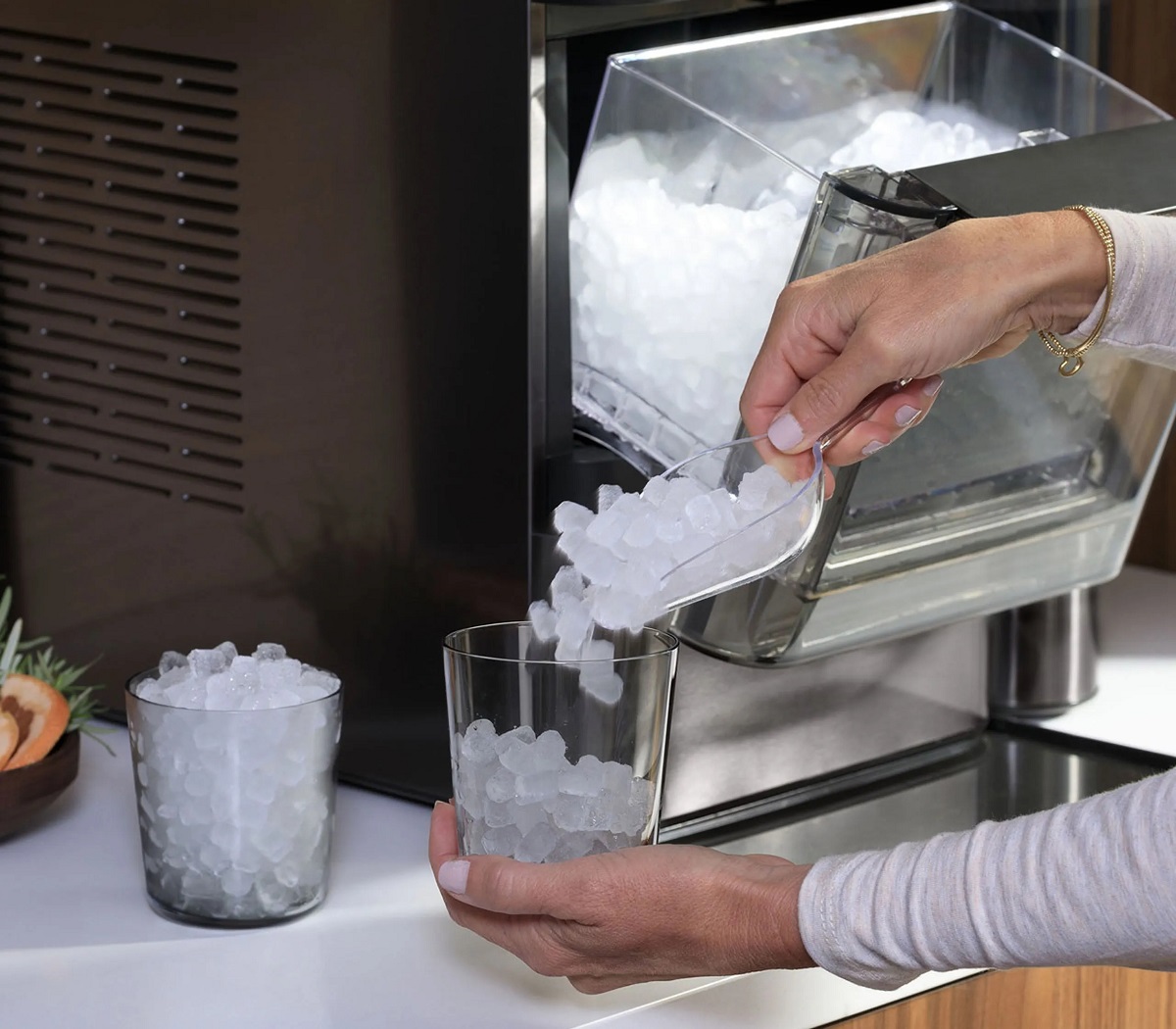
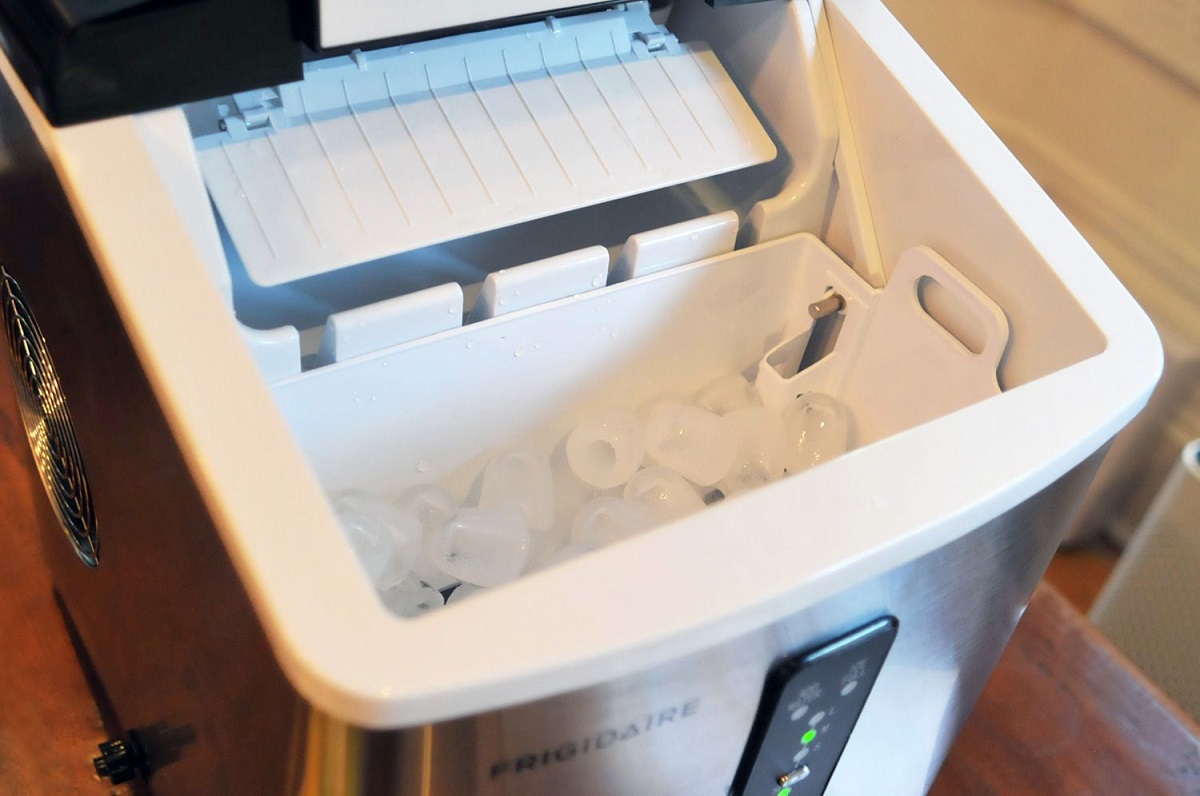
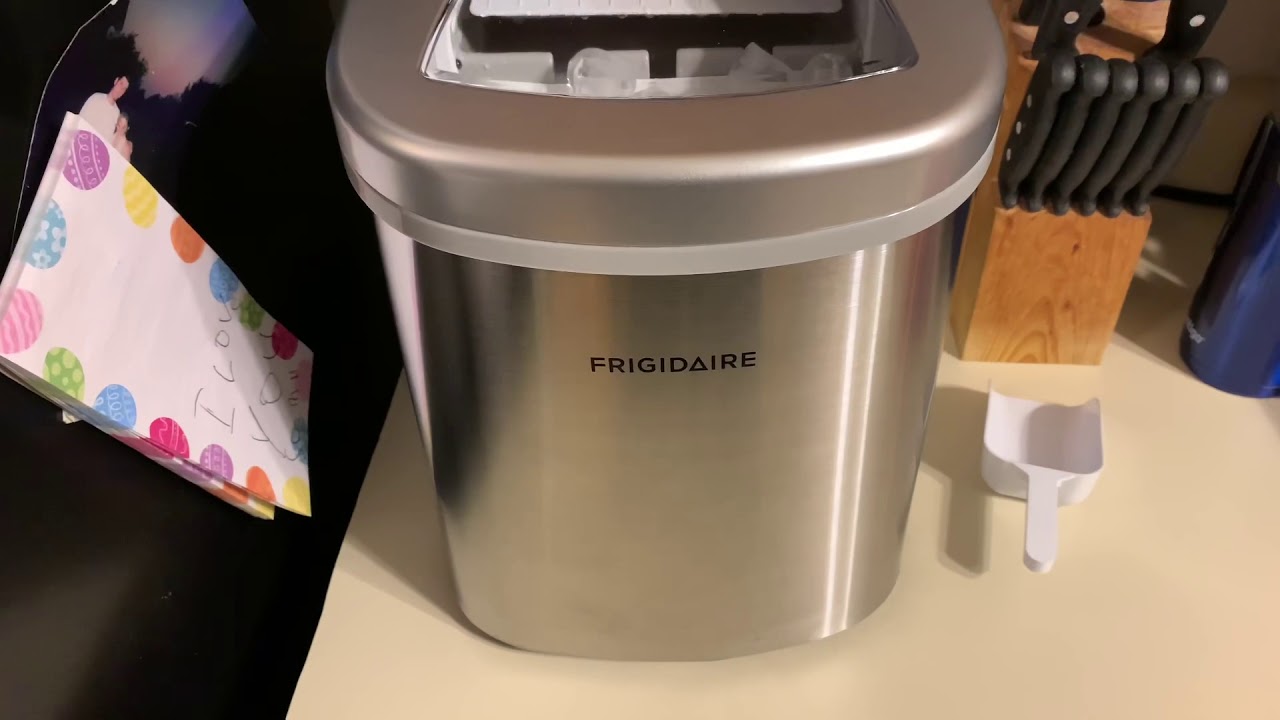
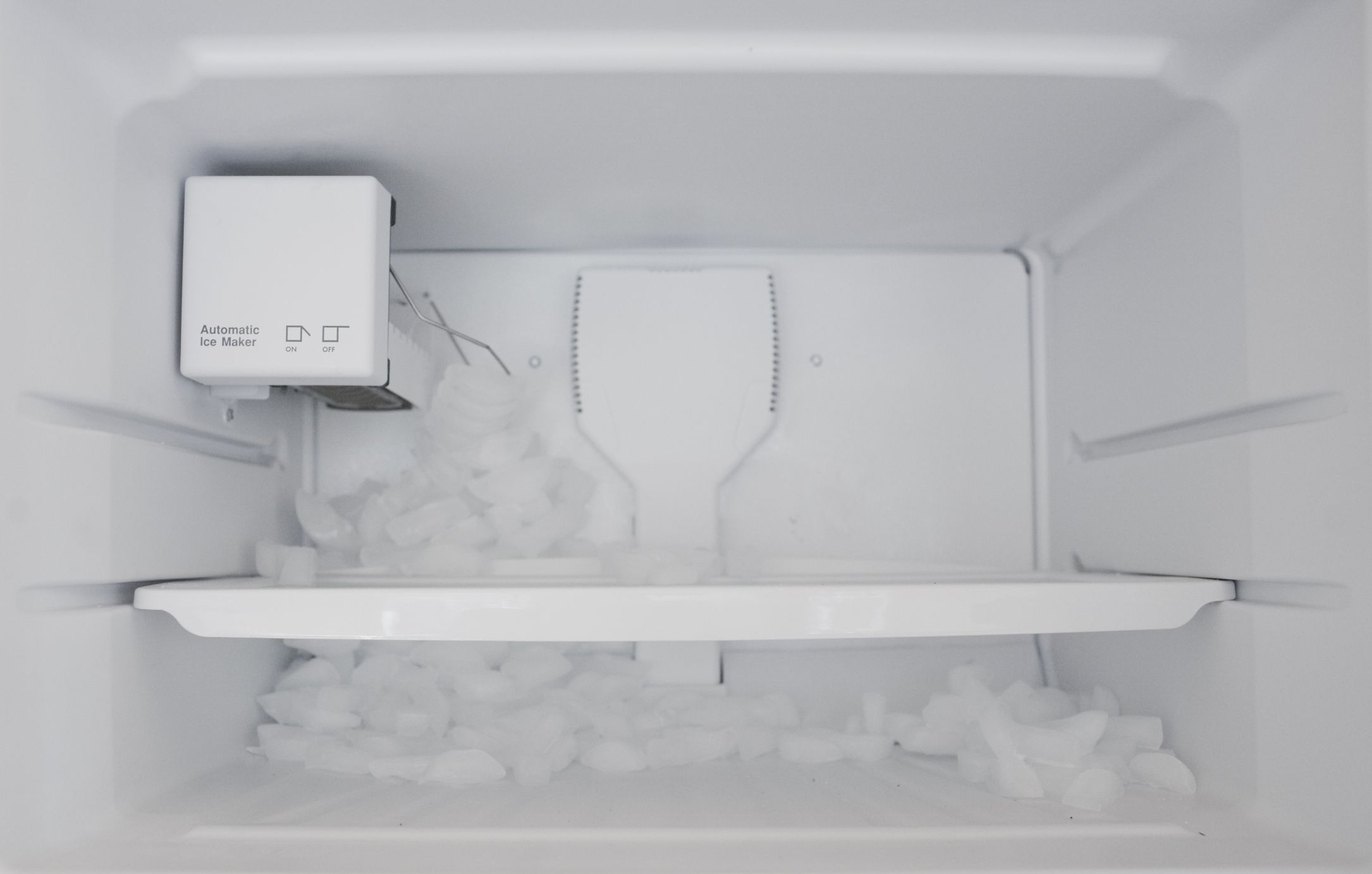
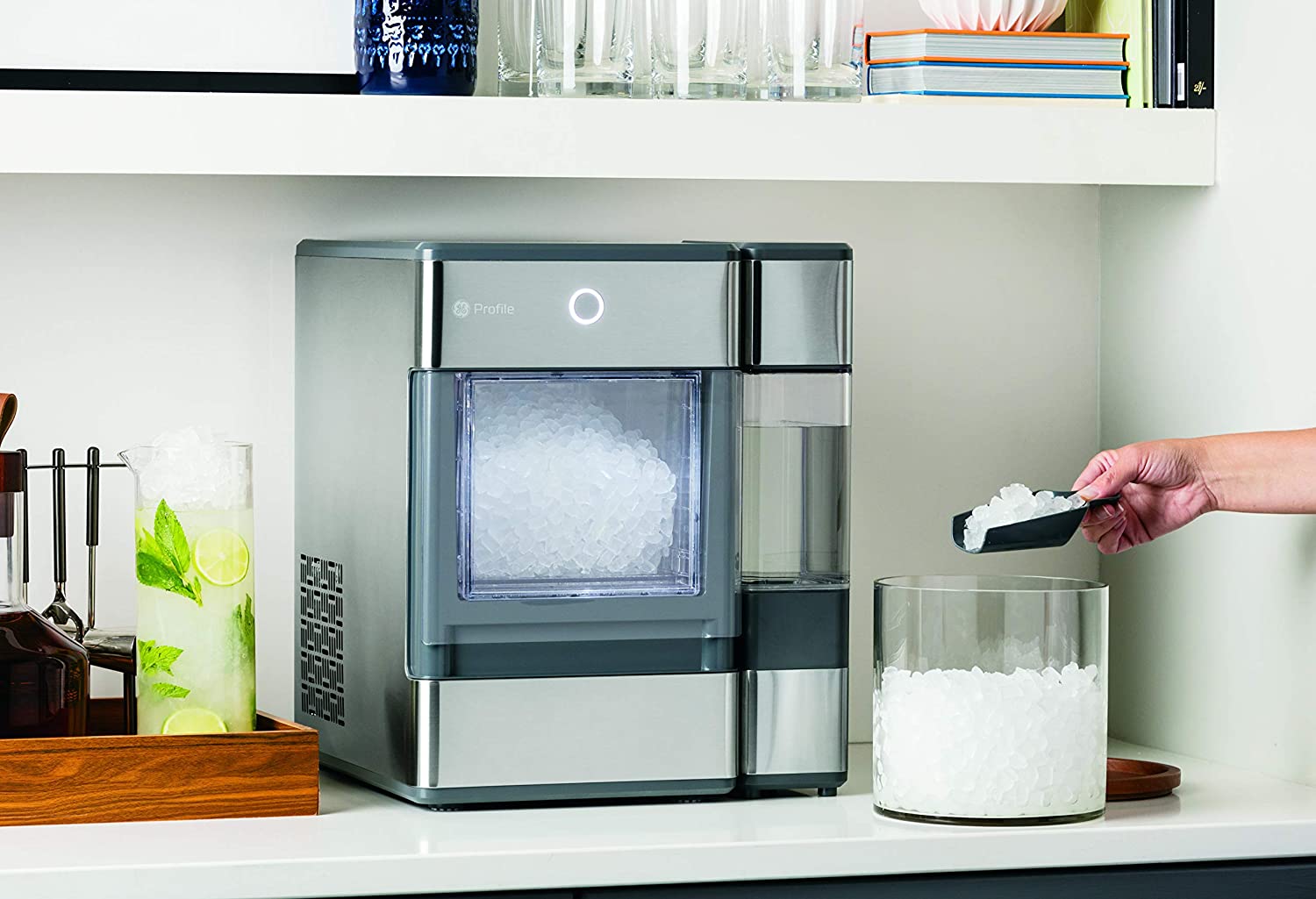
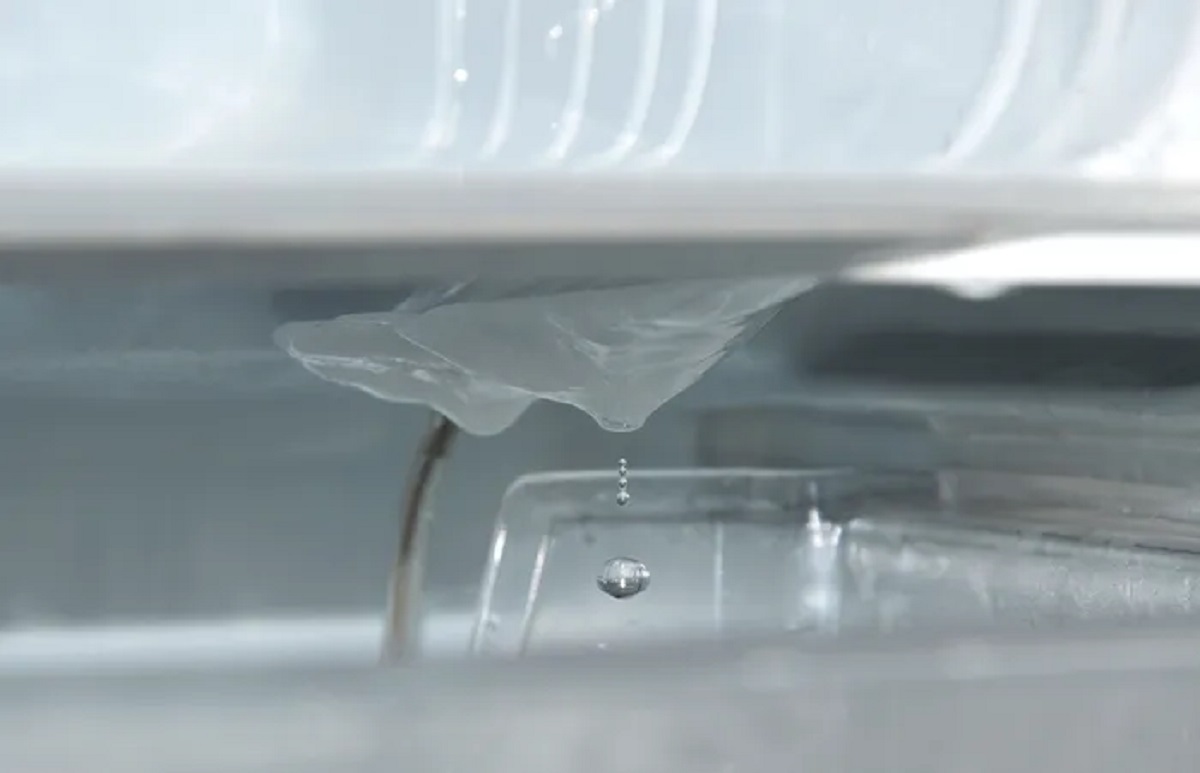
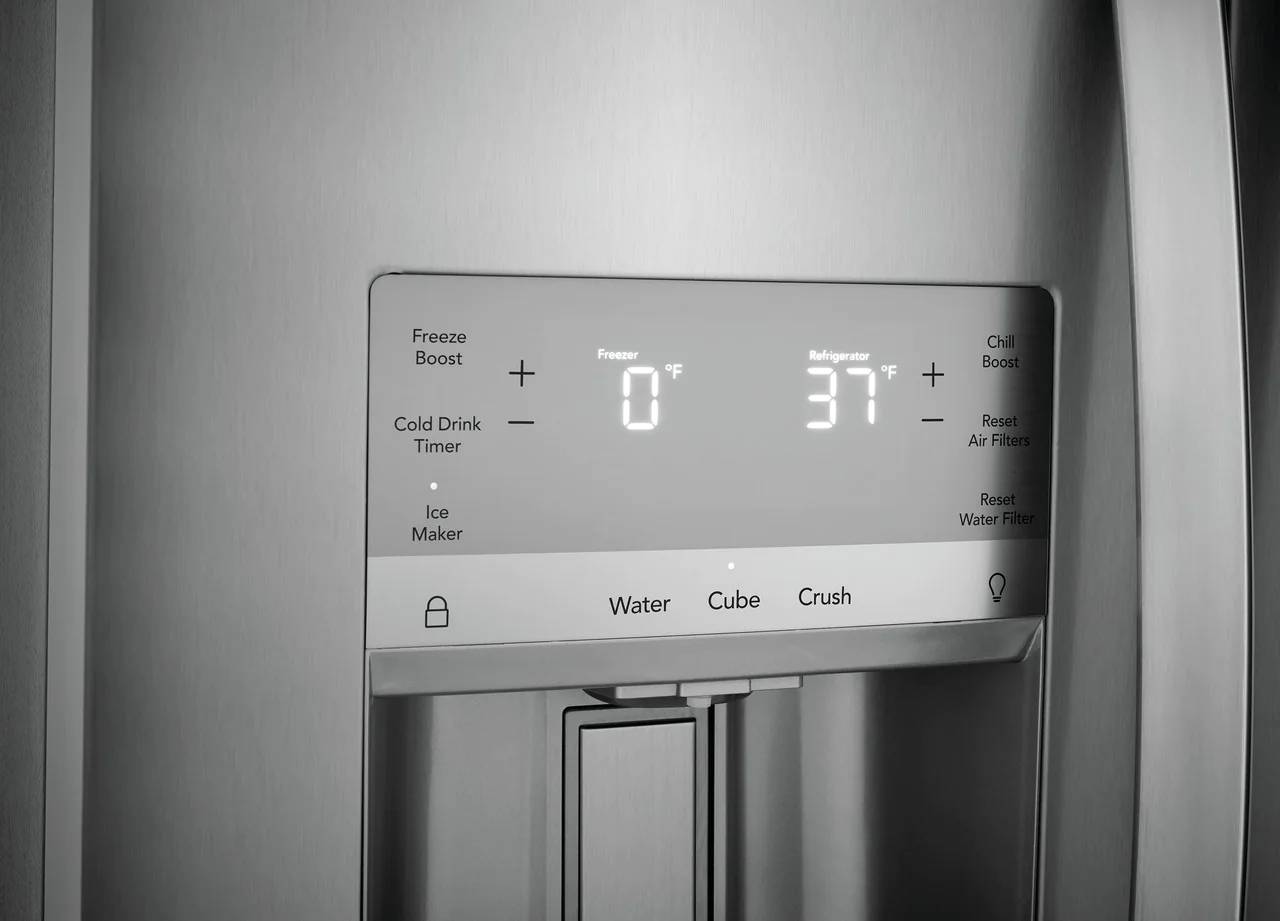
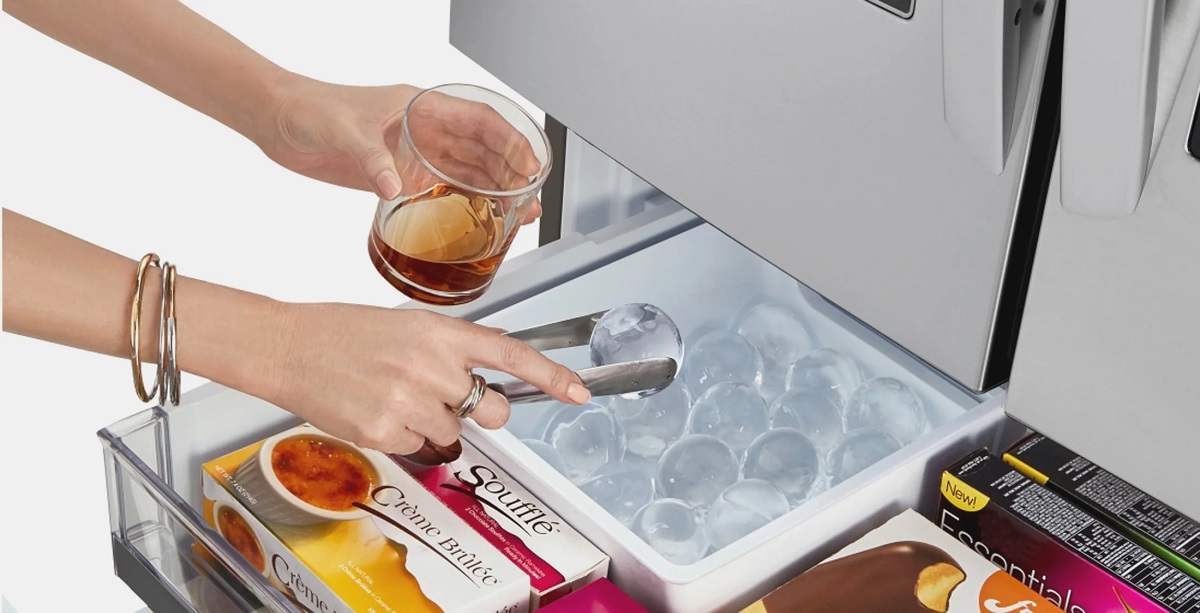
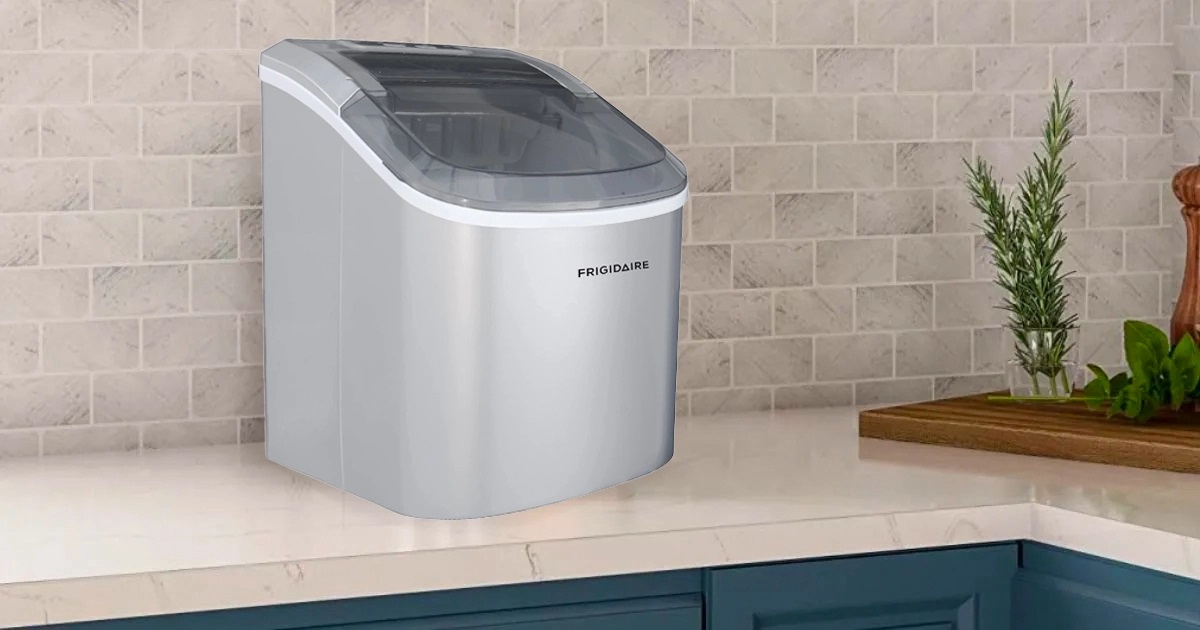
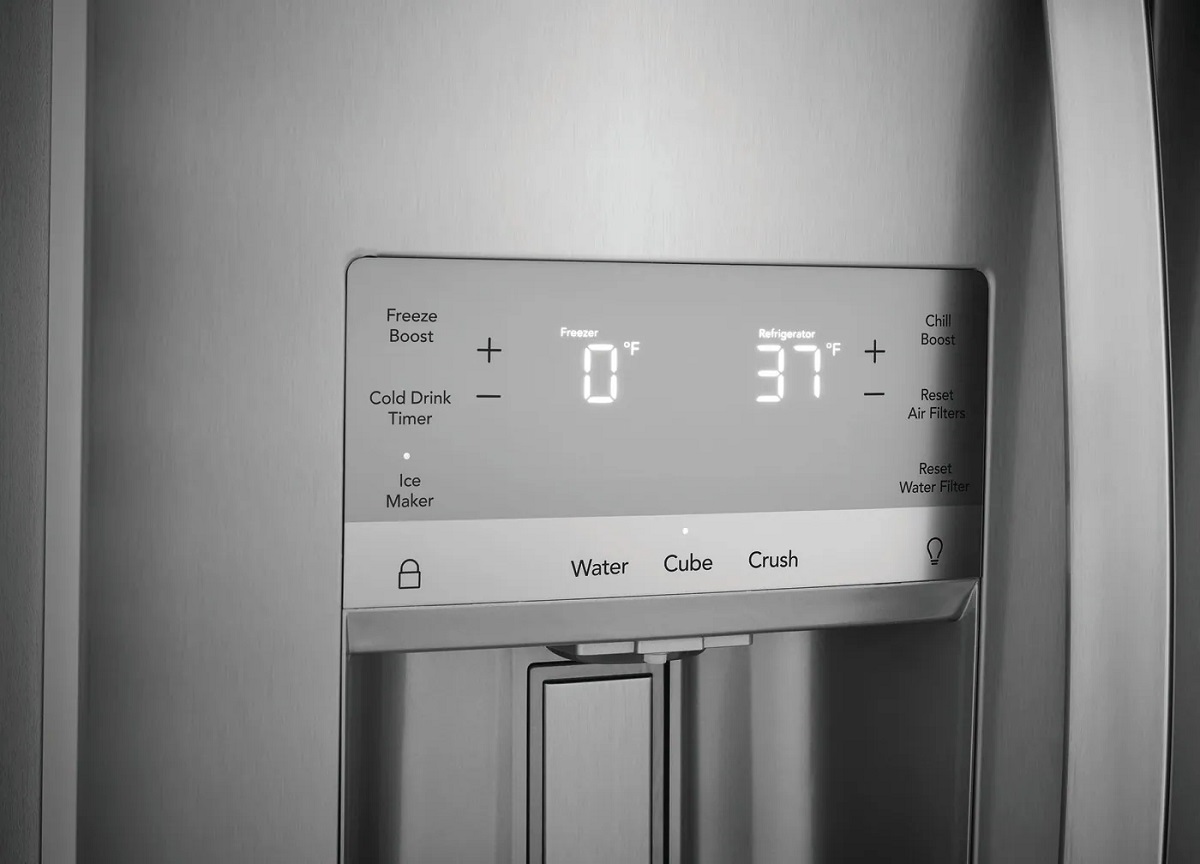
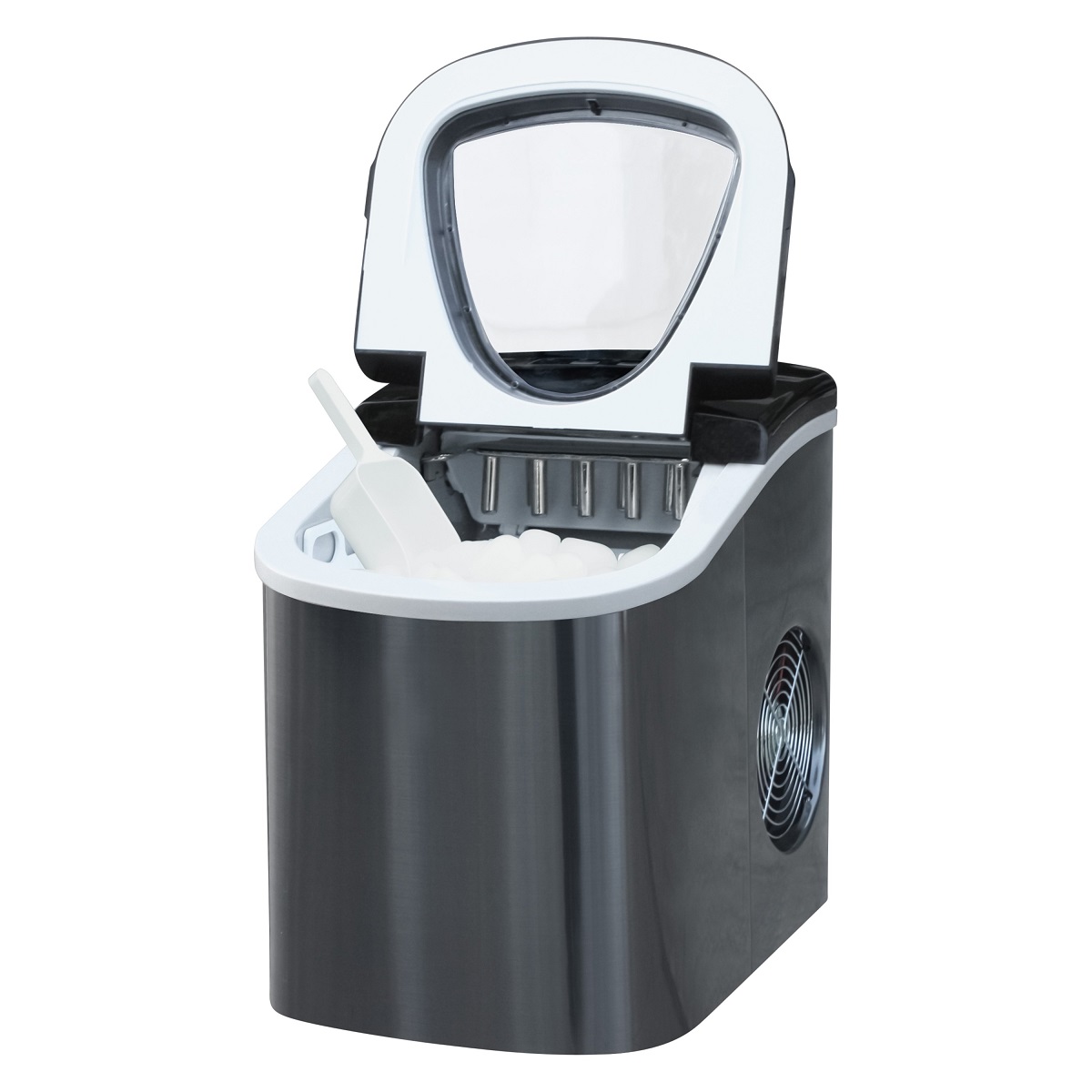
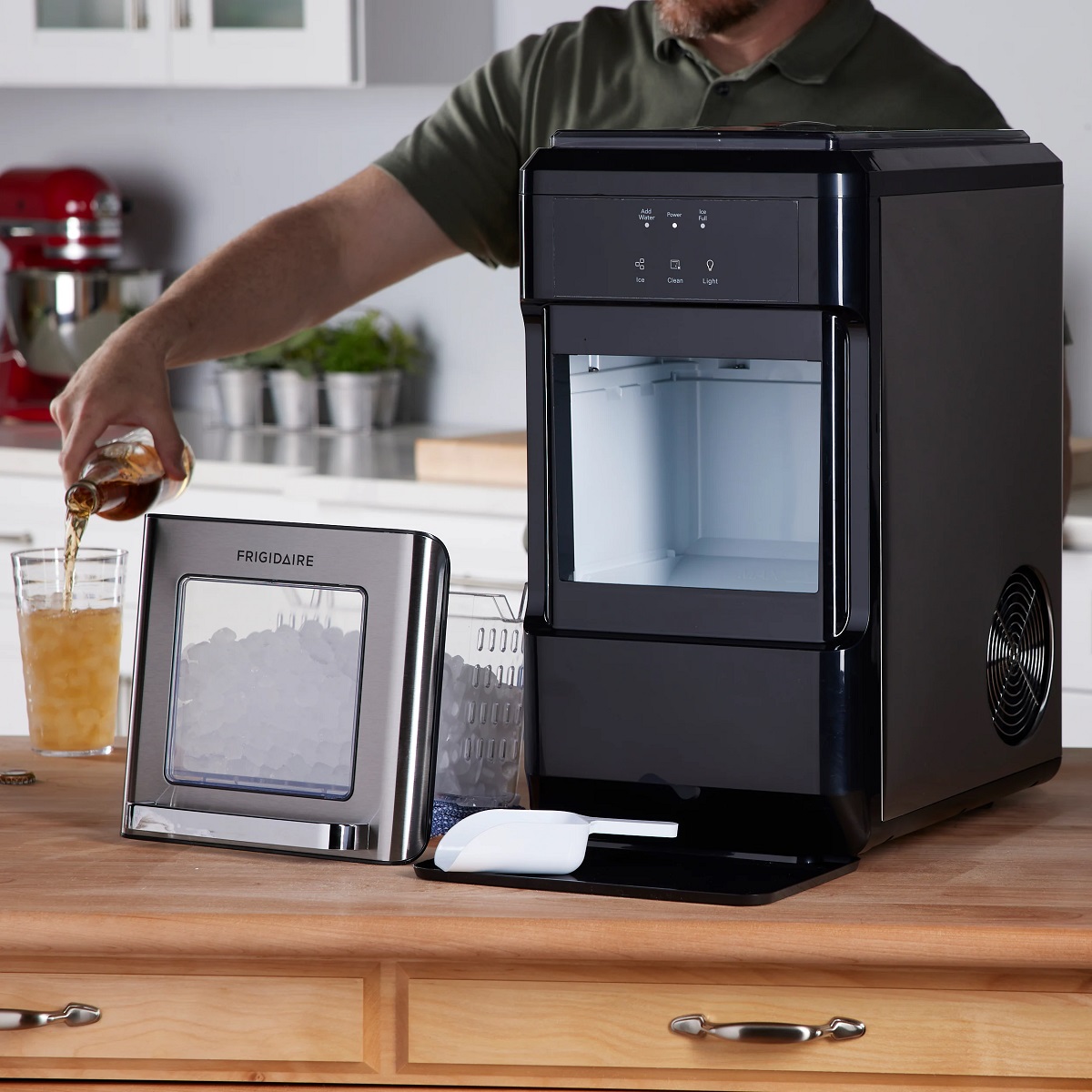

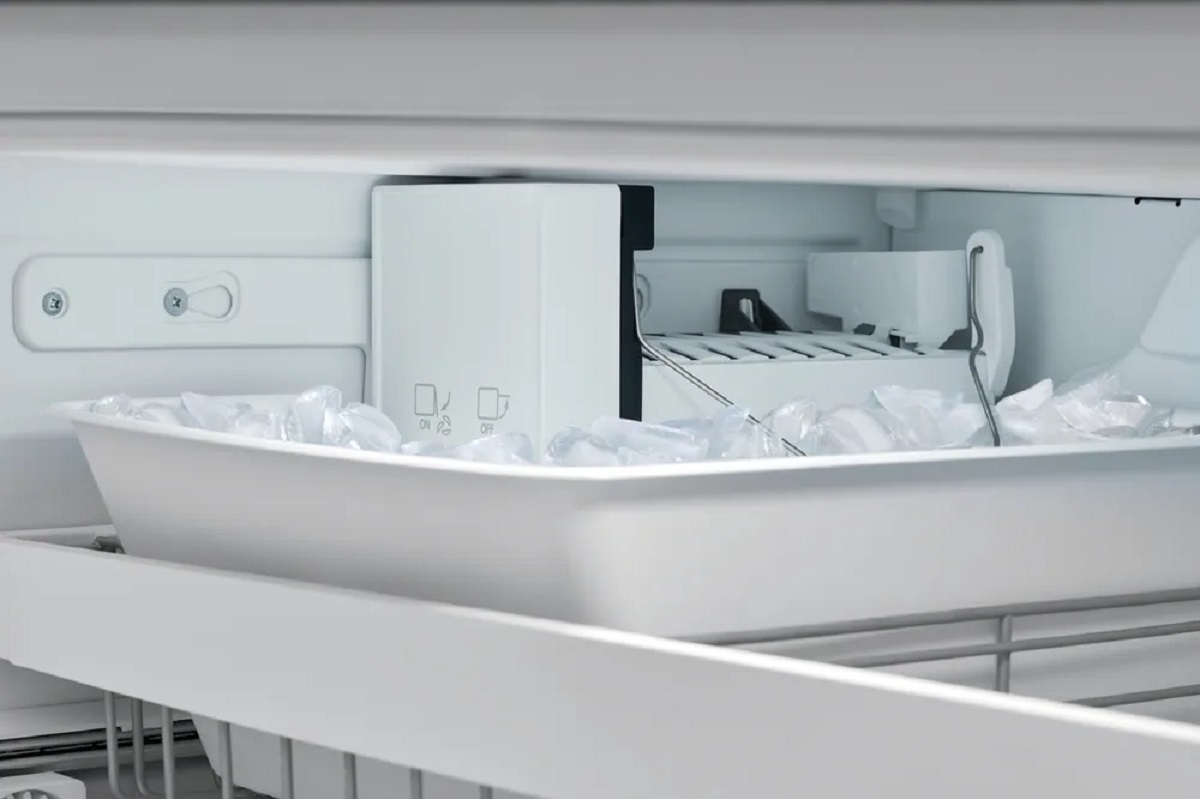

0 thoughts on “How Does Frigidaire Ice Maker Work”